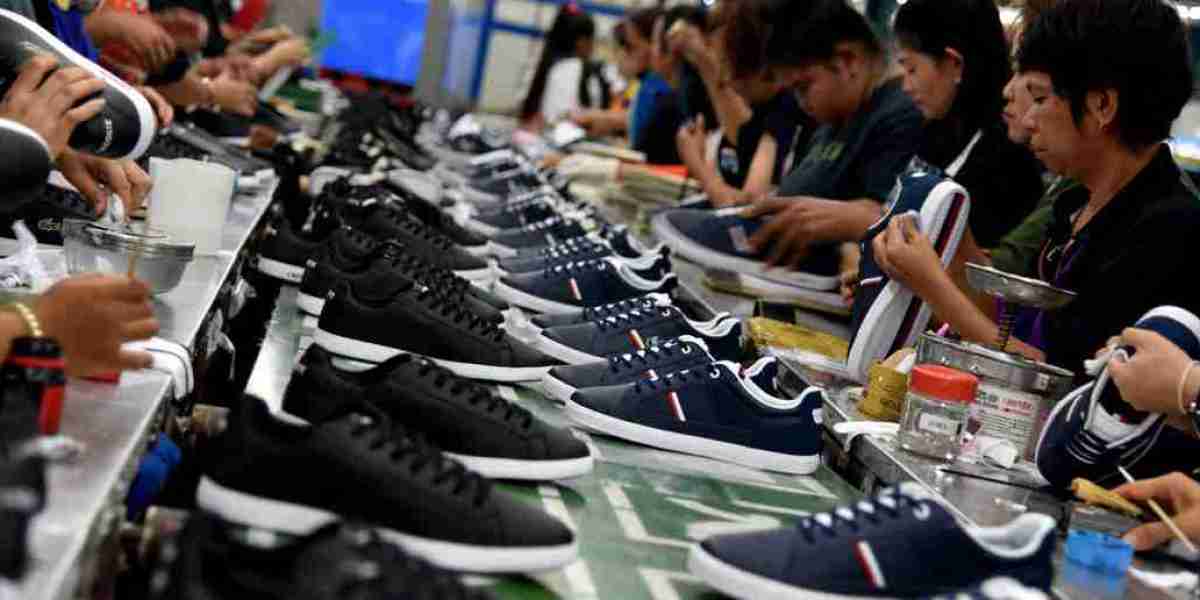The Vegan Footwear Market is growing rapidly due to increased demand for sustainable and cruelty-free shoes. However, the sector faces significant challenges, particularly related to production costs and the limitations of plant-based materials used in manufacturing. Addressing these hurdles is crucial for the market to expand further and meet consumer expectations for quality, durability, and affordability.
High Production Costs Impacting Market Growth
One of the foremost challenges in the vegan footwear market is the relatively high production cost compared to conventional leather shoes. Traditional leather is a well-established material with optimized supply chains and economies of scale. In contrast, plant-based and synthetic alternatives often involve newer, less mature technologies, specialized processing, and smaller-scale production.
These factors drive up raw material prices and manufacturing expenses. For instance, innovative materials such as mushroom leather, pineapple fiber (Piñatex), or lab-grown alternatives currently cost significantly more to produce than animal leather or conventional synthetics. This cost disparity often translates into higher retail prices, limiting accessibility for price-sensitive consumers.
Additionally, many vegan footwear brands operate on direct-to-consumer models with limited production runs, further increasing per-unit costs. Scaling up manufacturing while maintaining quality and sustainability standards remains a significant challenge.
Material Limitations Affecting Durability and Performance
While plant-based materials offer environmental benefits, they sometimes face performance limitations that impact consumer acceptance. Traditional leather is prized for its durability, flexibility, water resistance, and breathability—qualities that vegan alternatives strive to match but do not always achieve yet.
Many plant-derived materials can be less robust or prone to wear and tear, which challenges the longevity of vegan shoes. For example, some natural fibers may absorb moisture, degrade under stress, or lack the suppleness of animal leather. Synthetic vegan leathers may involve plastics that raise sustainability concerns despite being animal-free.
To gain mainstream acceptance, vegan footwear must meet or exceed the durability and comfort standards set by conventional options. Bridging this quality gap requires ongoing material innovation and rigorous testing.
Supply Chain and Sourcing Constraints
Another challenge lies in sourcing consistent, high-quality plant-based materials at scale. Agricultural variability, seasonal availability, and limited industrial processing facilities can create supply chain bottlenecks. Furthermore, ensuring that materials are sustainably harvested without adverse social or environmental impacts adds complexity.
Brands must balance transparency, ethical sourcing, and cost-efficiency while managing these supply risks. Developing partnerships with growers, biotech firms, and suppliers is essential but takes time and investment.
Strategies to Overcome Challenges
Despite these obstacles, the vegan footwear market is innovating rapidly to overcome cost and material limitations:
Research & Development: Increased investment in R&D is yielding new composites and bioengineered materials that improve durability and reduce production costs. For example, mushroom-based leather alternatives are being optimized for strength and water resistance.
Scaling Production: Collaborations between startups and large manufacturers help scale production, driving down costs through economies of scale while maintaining sustainable practices.
Circular Economy Models: Some brands focus on product lifecycle management—repair, reuse, and recycling—to enhance sustainability and reduce resource waste, improving consumer value perception.
Consumer Education: Educating buyers on the environmental benefits and longevity of vegan footwear helps justify premium pricing and build loyalty.
Future Outlook
As technology advances and consumer demand grows, material innovations are expected to bridge current gaps in durability and cost-effectiveness. Regulatory support and funding for sustainable manufacturing will further accelerate development.
With strategic partnerships and innovation, the vegan footwear market can overcome these challenges, making plant-based shoes more accessible and competitive. This progress will enable broader adoption, driving long-term market growth and sustainability impact.
Conclusion
The vegan footwear market faces significant challenges related to production costs and material limitations in plant-based shoe manufacturing. However, through innovation, scaling, and sustainable sourcing strategies, the industry is steadily overcoming these barriers. Addressing these issues is vital for expanding market reach and fulfilling the promise of ethical, eco-friendly footwear for consumers worldwide.




